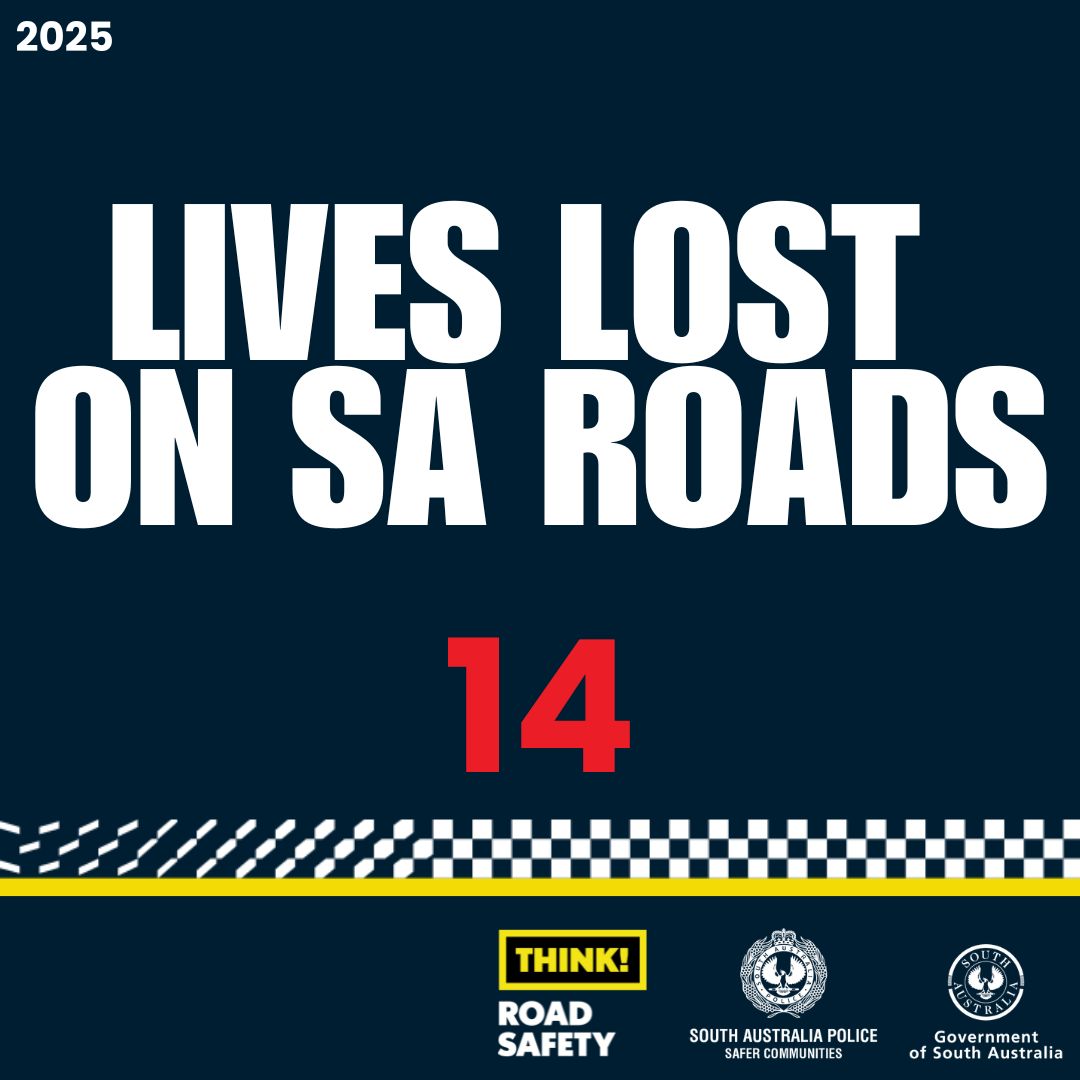The NSW ³Ô¹ÏÍøÕ¾ Parks and Wildlife Service (NPWS) has planned two hazard reduction burns in Werakata ³Ô¹ÏÍøÕ¾ Park in Cessnock LGA on Friday 24 and Tuesday 28 April to reduce bushfire risk to properties, wildlife and cultural heritage.

The NPWS hazard reduction program for 2020 is focussed on essential burns to protect park neighbours, assets or significant habitat to ensure ongoing recovery of the wildlife impacted by the summer bushfires.
Subject to favourable weather conditions, around 172 hectares will be burnt in the First Street Hazard Reduction over two days to reduce high fuel loads.
NPWS and NSW Rural Fire Service (RFS) crews plan to burn 54 hectares on Friday and 118 hectares on Tuesday in a two-stage burn near Abermain and Sawyers Gully. Anyone driving in the area is advised to use caution.
Werakata ³Ô¹ÏÍøÕ¾ Park’s road and trail closures will include Londons Road (north), Foresters Hut Trail (east), Kings Trail, Second Street and Gibsons Loop (in the south). Resident access will be maintained during operations, subject to safe onsite conditions.
Expected Friday morning north-west winds may see some smoke move to the coast and off-shore around Newcastle, while possible afternoon sea breezes may transport some smoke south towards Gosford.
Undertaking burns when conditions are right to ensure they are safe and effective is an important part of managing the potential risk of bushfire to communities and the environment before next summer. This work also provides firefighters safe zones and access where they can defend properties, should a bushfire occur.
All burns across NSW will continue to be coordinated with the NSW Rural Fire Service (RFS) to ensure the impact on the community, including from smoke, are assessed at a regional level. Details on specific burns will be made available in advance on the , ‘Fires Near Me’ app, and on .
All hazard reduction burns over 50 hectares will be assessed by the NSW RFS in conjunction with NSW Health as required to ensure smoke impacts are minimised.
For health information relating to smoke from bush fires and hazard reduction burning, visit or the .
For up to date information on these, and other, planned hazard reduction activities, visit the .





